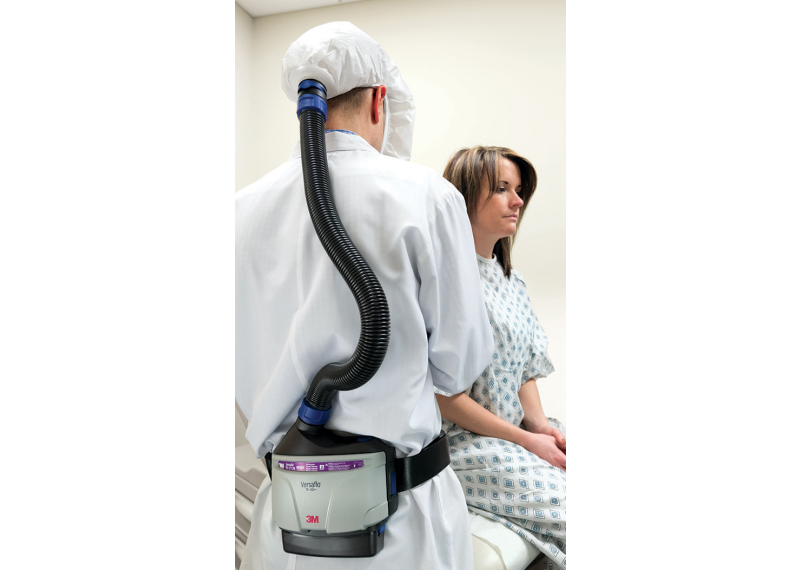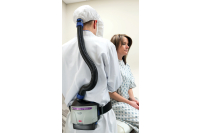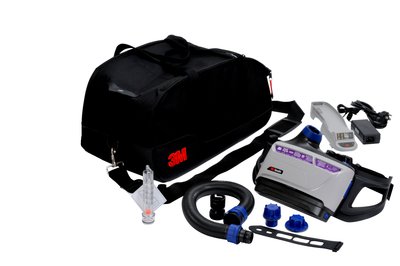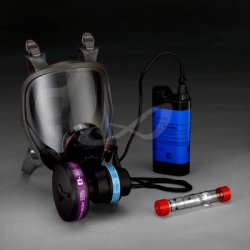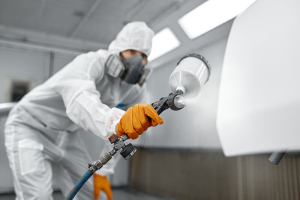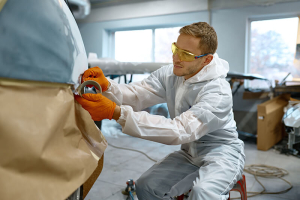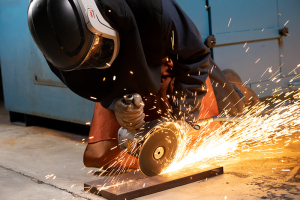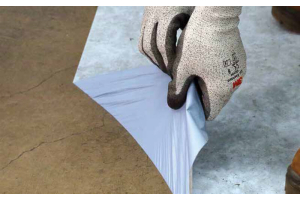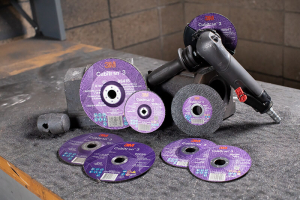Are PAPRs Right For Your Healthcare Practice?
How To Choose The Right Healthcare PPE, PAPRs
For Your Needs
Selecting the correct personal protective equipment has never been more important than now, as the COVID-19 pandemic sweeps across the globe.
Healthcare practitioners, from hospital employees to those working in offices, are all required to meet federal and state occupational safety and health (OSHA) regulations. These regulations outline when and how PPE must be used. Choosing the right PPE depends on what the regulations are, as well as the specific risks your employees will face.
To determine the best and most economical respirator option, we'll walk you through some areas to consider.
What Type Of Protection Is Needed?
In order to select the correct respirator, you need to determine what you're protecting against. Do you need the respirators for particulate exposure, gas or vapors or both? Will the respirators be used to prevent inhalation of cleaning chemicals or toxic drugs? Or will they be used to prevent infectious aerosols like Mycobacterium tuberculosis?
You also need to identify if there's a need for splash or spray protection. For dentists, this may be a primary concern as they are spraying water and other liquids into patients' mouths.
Finally, you need to think about isolation precautions, reducing exposure to contagious diseases as well as product durability and comfort.
What Type Of Respirators Should Be Used?
There are a variety of respirator options that can be used in healthcare settings. Disposable respirators are the most common type used in hospitals. Others are used as surgical masks.
In other cases, some healthcare providers will use powered air purifying respirators (PAPR). They use a blower to take the ambient air through air-purifying elements to the inlet covering.
Features Of PAPRs
While PAPRs have been around for 40 years, they've continued to evolve. They started out as a PAPR “body” that contained a motor and some wires that could turn on and off with some small power indicators. Today's PAPRs are more ergonomic, making them more comfortable for users.
In addition, PAPRs also have the following features:
- Altitude compensation for states with higher altitudes
- Customizable air-flow speeds
- Easy-to-read battery status and filter load indicators
- Longer battery life and faster charging
- A variety of cartridge options for a range of respiratory hazards
- Audible, visual and vibrating alarms to alert users to any issues
How Are PAPRs Powered?
The air-purifying filters use a battery-powered blower that draws the air through a particulate filter, chemical cartridge, or combination particulate/chemical cartridge.
Other PAPRs use rechargeable lithium-ion batteries that are longer-lasting and faster to charge than older battery technology such as nickel metal hydride.
If you're planning to use PAPRs for cleaning and disinfecting or around hazardous drugs, they have the added benefit of a range of NIOSH approved filters and cartridges tailored to these hazards. Having this level of customization ensures you can protect your employees against the specific risks they'll encounter.
Benefits Of PAPRs
So how do you if a PAPR is the right respirator for your healthcare needs? PAPRs have several key benefits, including:
- PAPRs are reusable, and are more cost-effective than other disposable methods.
- The loose-fitting hoods don't require a fit test.
- PAPRs used with loose-fitting headgear work for people with some facial hair.
- Some models offer particulate and acid gas/organic vapor protection options.
- The hoods and helmets may offer limited splash protection for the wearer's eyes and face.
- PAPR systems have assigned protection factors (APF) of 25 or 1000.
- Many pieces are reusable and can be cleaned, re-used or shared.
- The disposable, loose-fitting headgear allows the patients to see the face and expressions of their healthcare provider, improving interpersonal communication.
Is A PAPR Right For You?
Now may be a good time to switch to a PAPR. More healthcare providers are choosing PAPRs, according to the National Center for Biotechnology Information.
A key driver in this decision is that PAPRs don't require a fit test, like other respirators. Fit tests are required to be done annually, take 15-20 minutes and once the fit seal has been tested, the employee must use the exact same make, model, style, and size respirator on the job.
This is also a good option for employees with facial hair. As long as they are clean shaven along the skin when the PAPR sits, they can wear it.
Care And Cleaning Of PAPRs
When using a range of PPE and PAPRs, it's important to remember that different usage, cleaning and disposal processes are needed for each one. Review these procedures with your employees regularly and make sure you have the appropriate PPE for your healthcare setting.
You also need to have the policies and procedures that clearly outline the hierarchy of safety and health controls in place to protect workers, including everything from engineering controls to eliminate hazards to training and administrative controls.
A healthcare facility that uses respirators, including PAPRs, must have a respiratory protection program in place as specified in 29 CFR 1910.134. To learn more about how to implement and manage a program, please see 3M's Center for Respiratory Protection or contact your CW Hayden sales rep for personalized advice and product recommendations.
Have more questions?
Check out our respirators page or our PAPR page to learn more about selecting the right products for your healthcare practice.
See Why We're The Top Supplier For Industrial, Marine and Safety
30-Second Summary:
- ✔ The use of respirators, including PAPRs, is more important than ever as the COVID-19 pandemic sweeps across the globe.
- ✔ PPE use is required for healthcare providers by OSHA.
- ✔ While disposable respirators remain popular, more healthcare providers are using PAPRs to save money and provide a more comfortable, economical option for employees.
- ✔ PAPRs don't require a fit test and allow users to have some facial hair.
- ✔ The technology has improved, with longer battery life and faster charging.
- ✔ Many pieces are reusable and can be cleaned, re-used or shared, saving the hospital or healthcare practice money.

